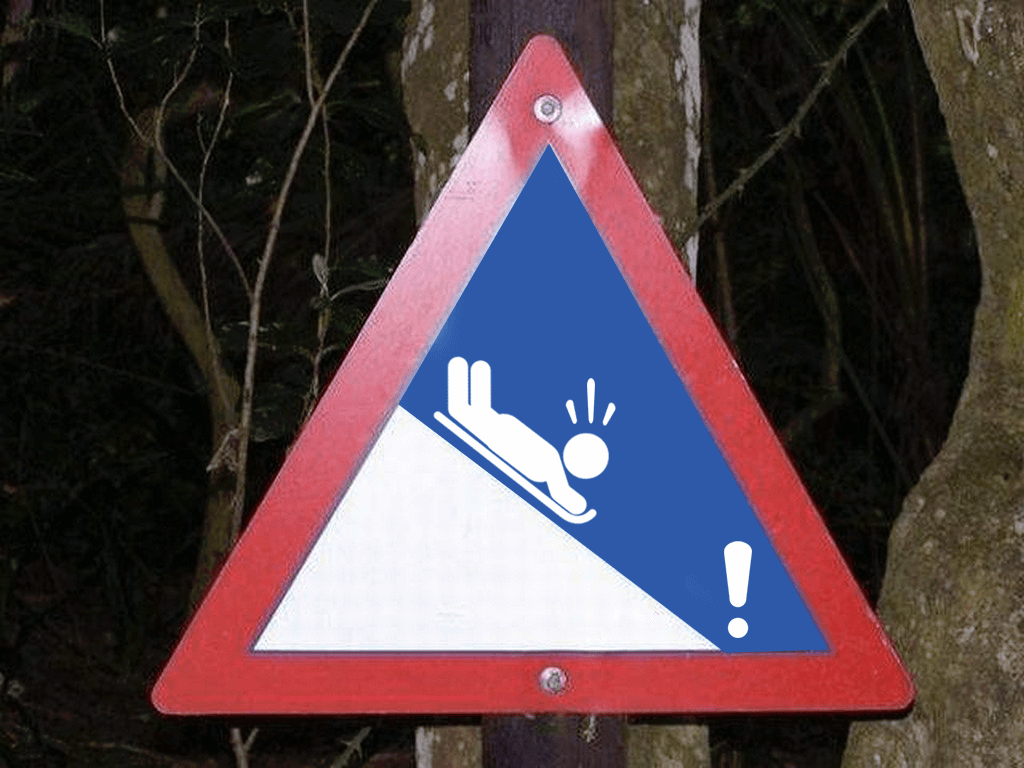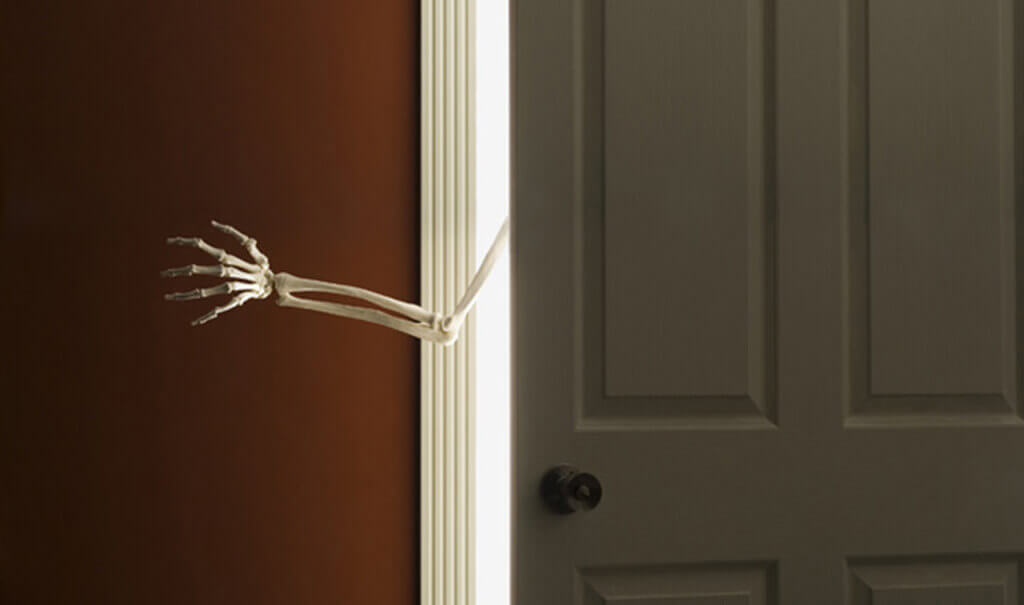Did you know that the slope of the land around the building has an important…

Cave or house: air quality problems are as old as the hills!
Darkness, crawling critters, humidity… the living conditions in the caves that were the homes of the first Homo sapiens were certainly not rosy. Any spelunker will tell you! And although it is undeniable that living conditions have greatly evolved since the days of the cavemen thanks to the high quality of our modern buildings, we have to admit that the introduction of new products into our living environment has had less than beneficial effects on our health. Read this Read our article on poor indoor air quality and see how to assess your situation and adapt your home according to the state of your health.
Afraid of poor indoor air quality in your home?
get to the bottom of this issue with the services
offered by our indoor air quality specialists
There are three ways that contaminants can get into our bodies. The first access is through ingestion, either through the water and food we consume while the second is through touch, contact with the materials around us. Last but not the least is through the air we breathe. When we consider the fact that the lung represents the largest area of exchange between us and the outside world with more than 130 m2 against 1.7 m2 for the skin on average for adults, it is not surprising that inhalation constitutes the biggest gateway for contaminants.
Our health, and more precisely the state of our breathing apparatus, is therefore closely related to the quality of the air we inhale and the contaminants present which are mainly responsible for respiratory symptoms and mortality. This is why when it comes to the presence of contaminants in our living environment, none is more worrying than air contaminants, whether of a chemical nature (CO2, cigarette smoke, radon, chlorine, fumes from various gases, etc.) or biological (mold, mites, pollen, animal desquamations, etc.).
All of these factors, no matter where they come from, affect the quality of the air you breathe and, therefore, pose a risk to your health and that of your loved ones. Many chemical substances such as volatile organic compounds (VOC) or formaldehyde found in homes and offices – where we spend more than 80% of our time – can have adverse effects on human health such as irritations, respiratory or digestive disorders and more. In addition to causing allergic reactions and other acute infections, exposure to biological contaminants – with mold at the top of the list – can result in serious chronic diseases.
Adapting your home according to your own situation is not always easy and cleaning up the air requires a certain effort. You need to question certain things, such as your lifestyle, and get to know the house and the area where you live. To achieve this, we propose to you 6 steps to follow, stages on which we will elaborate during the next releases of our chronicle.
- Try to understand why: First, it is important to determine the nature of the agents that can end up in your home based on your senses. What do you smell when you come home? Do you feel better outside than inside your home?
- Evaluate your surroundings: Because the indoor environment also suffers the effects of the outside world, find out more about the area in which your home is located and the types and number of industries nearby. And do not underestimate the neighborhood’s history.
- Assess your house: Let’s go back inside and let’s comb through everything: furnishing, decoration, household pet products, attached garage, furnace, etc. This will allow you to better understand the nature and number of polluting agents in or around your living environment.
- Decide on the course of action: Depending on the issues identified in Step 3, it is now important to decide on the fundamental strategies to advocate to improve the situation. Here you have to draw up your own action plan.
- Take action: The problems have been identified, and so has the strategy. Now we must act and make the necessary corrective works. Consider the criteria to remember when it is time for specialists to intervene.
- React and reevaluate: You have taken action, but you cough just as much as before? Be attentive to what your body’s telling you and, above all, be honest with yourself about your health. When in doubt, it is best to repeat the steps from the beginning.
Through these six steps we propose to replace the air quality specialist by taking a first overview of possible sources of contaminants in your living environment. However, considering the complexity of indoor air quality problems and the many possible solutions, it is not advisable to intervene without a neutral and professional opinion. Without a complete inspection of your home, you may be wasting time and money by taking steps that will not fix the source of the problem (s).
Afraid of poor indoor air quality in your home?
get to the bottom of this issue with the services
offered by our indoor air quality specialists


